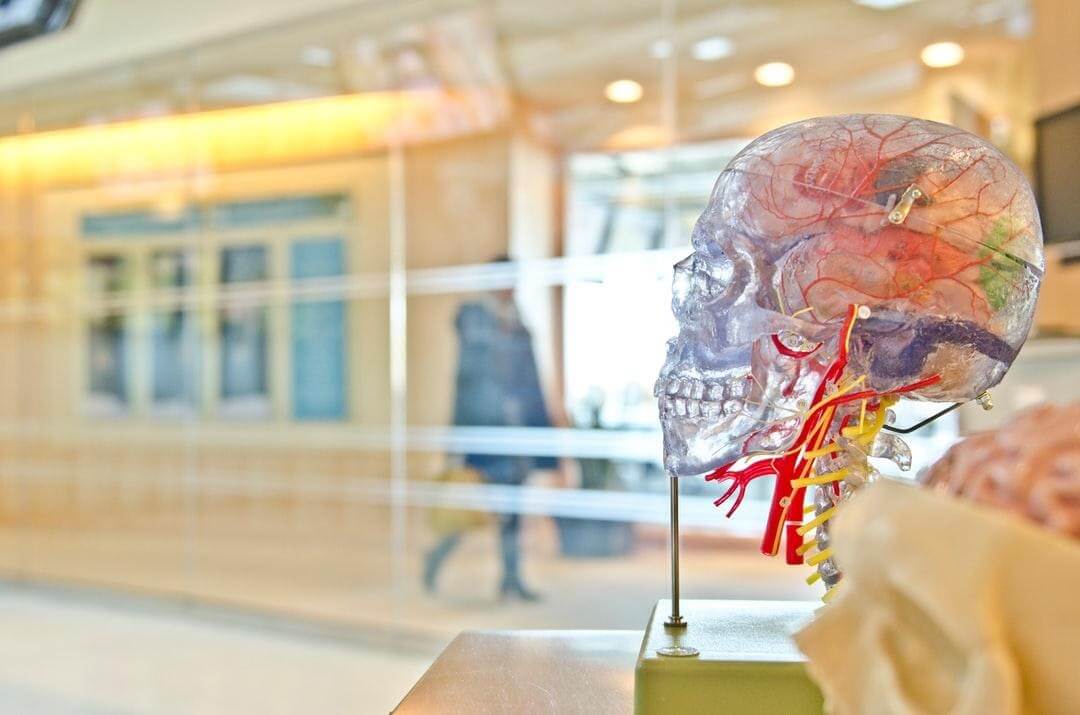RPM Spotlight: Remote Monitoring Stroke Patients
Stroke is a leading cause of cognitive impairment, disability, and death in the United States, affecting more than 795,000 people every year.

When blood flow to the brain is interrupted by a blockage or leak in the blood vessels, a stroke occurs and it can lead to acute or chronic issues, including:
- Paralysis
- Vision problems (darkened, blurred, or double vision)
- Dizziness and loss of balance
- Seizures
- Nausea or vomiting
- Sudden, severe headaches
- Depression or increased agitation
- Numbness or weakness on one side of the body
The severity of these symptoms highlights how important it is to improve stroke prevention strategies. In addition, as more and more of the US population ages over 60, the economic burden of strokes is expected to grow sharply over the next several decades. Remote patient monitoring services can be crucial for both prevention of strokes and treatment for those patients who have survived a stroke.
source: unsplash.com
What It’s Like to Suffer from a Stroke
When blood flow to the brain is restricted, the areas’ cells suffer damage and possible death. As a result, people can no longer do things that are controlled by that part of the brain. The most common type of stroke is an ischemic stroke, making up about 87% of all strokes.
High blood pressure, high cholesterol, diabetes, and cardiovascular disease are major risk factors contributing to ischemic strokes. Lifestyle factors such as physical inactivity, being overweight or obese, and heavy or binge drinking also increase the risk of a stroke.
Luckily, evidence suggests that up to 90% of strokes could be prevented by effective treatment of the risk factors. The primary challenge for medical practitioners is to identify and treat issues like diabetes and hypertension in time, before a stroke occurs.
Metrics like blood pressure and blood sugar levels can vary and are not usually cause for alarm during one-time clinic visits. However, when metrics like this are continually elevated, the patient is at risk. To detect and inhibit a stroke before it occurs, healthcare practitioners need a reliable way to measure the patients’ vital signs for a longer period of time and in-between office visits.
After a patient has suffered a stroke, advanced medical and surgical treatments can help manage the effects and reduce the risk of another stroke. But most patients struggle to adhere to their treatment plans in the long-term. This difficulty in compliance can worsen complications and put them at risk of another stroke. Both patients and practitioners need a precise system to improve adherence and encourage lifestyle changes.
RPM Improves Care for Stroke Patients and Patients At Risk
Remote patient monitoring solutions transfer data from a patient’s home directly to the clinician for review. This ongoing remote health monitoring can improve outcomes after a stroke or can help prevent one altogether.
RPM devices can monitor vital parameters like blood pressure and glucose levels, which are significant risk factors for stroke. With home health monitoring devices, clinicians receive real-time alerts when a patient’s blood sugar or blood pressure reads too high. They can then use this information to keep track of trends or provide immediate medical care, if necessary. As patients become actively involved with a RPM system, they can be more informed and involved in stroke prevention.
Devices like glucometers and BP monitors are easy to use and measure readings accurately over extended periods of time. Even wearable health monitoring devices like fitness trackers, ECG monitors, smart health watches, and biosensors can help patients better track their health status.
This wealth of data enables clinicians to make more accurate assessments about a patient’s risk of a stroke. Research by the American Heart Association shows that remote patient monitoring reduces blood pressure significantly more than the usual care and self-monitoring combined.
Implementing RPM
Advanced remote patient monitoring systems are increasingly integrated with the traditional healthcare system. They offer an incredibly accessible way for healthcare practitioners to go beyond the clinic and into patients’ everyday lives.
A remote patient monitoring system also gives patients the assurance and encouragement they need to adopt healthy behaviors long-term, which is a major concern for stroke prevention. Patients can see how stress, physical activity, diet, and medications affect their vital signs. Top remote patient monitoring companies constantly strive to boost two-way accountability between patient and provider.
Successful implementation of a RPM system allows clinicians to focus on preventative care rather than reactive care. This directly translates to better patient outcomes, saved healthcare costs, and increased consumer satisfaction.
CoachCare offers industry-leading remote patient monitoring solutions that integrate seamlessly with your existing workflows. With custom implementation strategies unique to your practice, you can expect 11.2x ROI and a 95% claims success rate. Request a demo today!